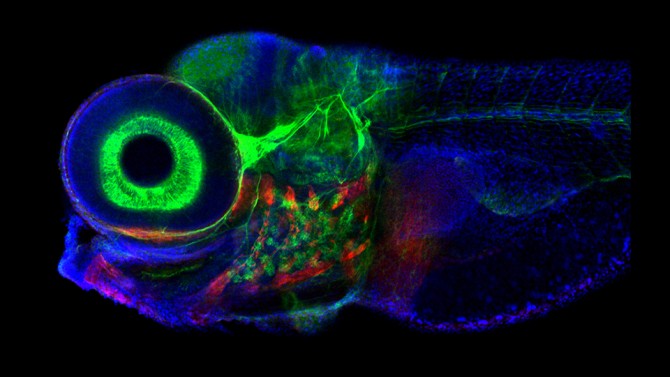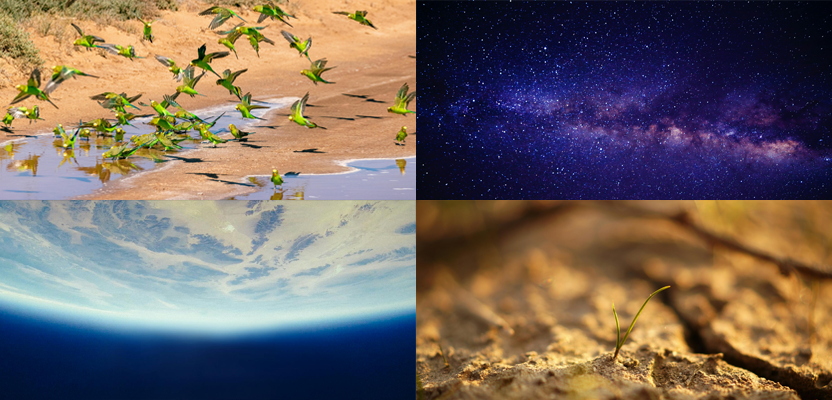Recent heavy rainfall around the state has increased frog activity and with it reports from the community of potential cane toad sightings.
Leading Biosecurity Officer Emily Hill said reports are critical to Agriculture Victoria’s efforts to protect Victoria from the establishment of such pests.
“Exotic toads such as cane toads pose an extreme threat to Victoria’s native species as they compete for food, can carry disease and pathogens, poison with their toxic glands and can rapidly expand and colonise new areas.
“Thankfully, very few cane toads make it into Victoria – less than ten a year on average – and community reporting has played a big role in protecting our state.
“So far all of the reports we’ve received have been native frogs and not cane toads.”
Ms Hill said exotic toads can be easily confused with native frog species – such as the eastern banjo frog or pobblebonk.
“Therefore, Agriculture Victoria has developed several quick reference guides to help people to identify what is a native frog and what is a cane toad.
“We encourage people to use these to guides and of course if they believe they have found a cane road report it to us immediately.”
Native frog or exotic toad? Know the difference
Members of the public can check the features of the specimen they have sighted and compare the prominent identification characteristics that set native frogs apart from exotic toads using the online guide.
“These are usually entering the state as sneaky stowaways, accidentally transported on vehicles, camping gear, caravans and in the luggage of returning travellers from northern Australia or via commercial goods such as potted plants imported for the plant nursery trade,” Ms Hill said.








